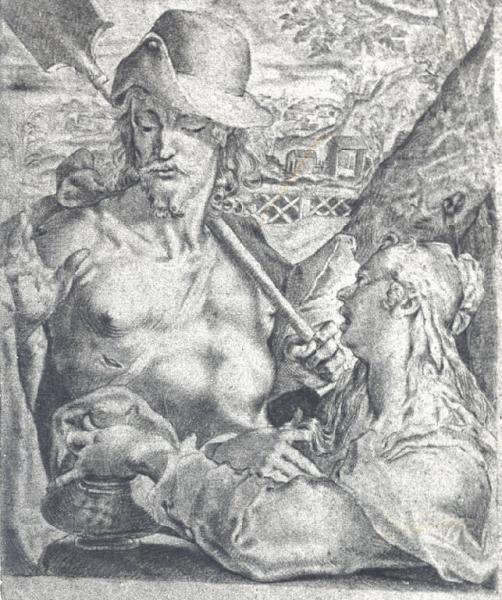
It’s September and Kashmir is already getting all set for the winter chill which is nail biting for the denizens living there. While Kashmir each year witnesses what is popular as Chillai Kalaan – the harshest winter period, it is an Italian origin art that helps Kashmiris beat the chill.
This art that originated from Italy, was mastered in Kashmir and gave Kashmir something unique to boast about. The Kangri still is a essential part of Kashmiri life at times when electronic heaters and blowers flood the market each season.
The Kangri is something that is known the valley over which becomes a bare necessity of each household in winters.
The “Kangri” is a traditional fire pot to fight against chill and has its own charm and most of the people in the valley prefer it.
Kangri is made of a bowl-shaped clay pot called a “kondul” and surrounded with a willow basket. The willow basket is weaved in a skillful way that forms a kind of handle.
Locals claim the Kangri is the only hope. Without this the winter is unbearable.
The making of a Kangri is an art which is only mastered by the people of Kashmir.

Though the number of heating gadgets has increased but the traditional Kangri still holds an edge over these heating devices. Kangri is the first preference of every Kashmiri during the winter in Kashmir.
Kangri is now an essential part of the culture of Kashmir.
Apart from its heating qualities, it also provides seasonal employment to a large number of people associated with its manufacture in various parts of Kashmir Valley. The size of the Kangri varies and the size determines the amount of Charcoal it can take.
Many Kashmiri’s even fill Kangri with lobar (dry cow dung) or charcoal of boni (Chinar) leaves, and its fire lasts for over six hours.
Charar-i-Sharief in the central Kashmir’s Budgam District is known for a special variety of Kangri. Likewise the Bandipore, Sopore, Baramulla, in North Kashmir and Anantnag in South Kashmir are also famous places where Kangris are woven in abundance.
Advertisements Share this:





